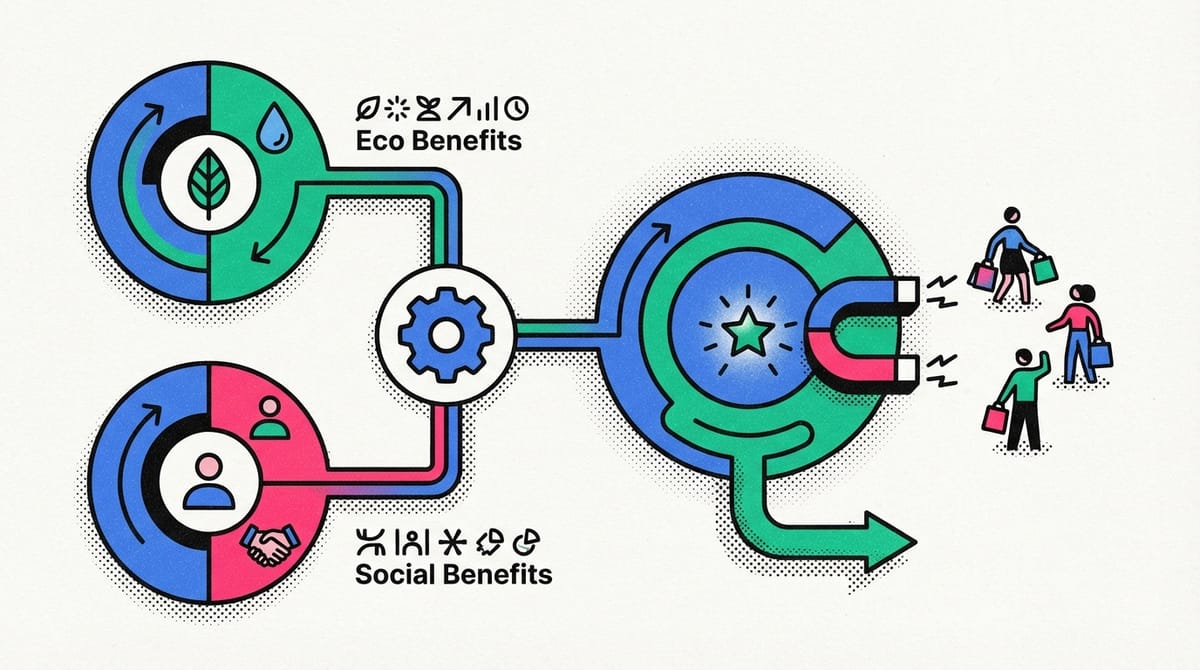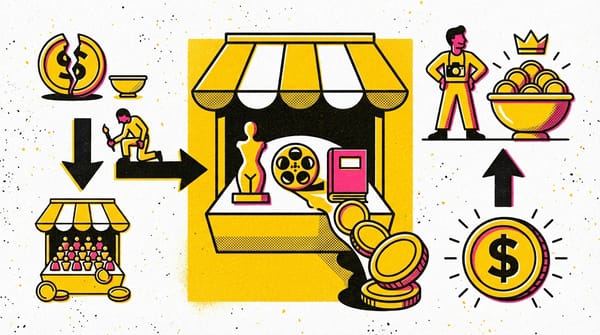12 – Eco-Social Benefits
Discover how eco-social benefits enhance your business model. Learn to create value through sustainability and improve community well-being today!

A look at the business model from the product manager's point of view
CANVAS 13 - Great guide on the business model, from the product manager's point of view
1 – Customer Problem
2 – Customer Segments
3 – Value Propositions
Value Proposition Formulation Map
4 – Customer Relationships
5 – Channels
6 – Revenue Streams
7 – Key Activities
8 – Key Resources
9 – Key Partners
10 – Cost Structure
11 – Eco-Social Costs
You are here ➔ 12 – Eco-Social Benefits
13 – KPI (Key Performance Indicators)
Ecological and Social Advantages of Our Business Model: Creating Value through Sustainability
Today, businesses are tasked not only with generating profit but also with actively improving the ecological and social environment. Within the "Business Model Canvas," special attention is given to the section on ecological and social advantages. It helps companies determine how they can apply sustainable practices to create a unique value proposition.
What ecological or social advantages does our business model generate?
Our company actively works on reducing harmful emissions, decreasing energy and water consumption, and enhancing the social well-being of the communities where we operate. These actions not only contribute to the conservation of natural resources but also create a healthy work environment for our employees, improving their satisfaction and productivity.
Who benefits from this? Could they be potential clients?
The direct beneficiaries of our efforts are local communities, clients, and our employees. Improving environmental conditions and social well-being attracts the attention of consumers who value sustainable development to our brand. This opens up opportunities for us to expand our customer base among conscious consumers.




